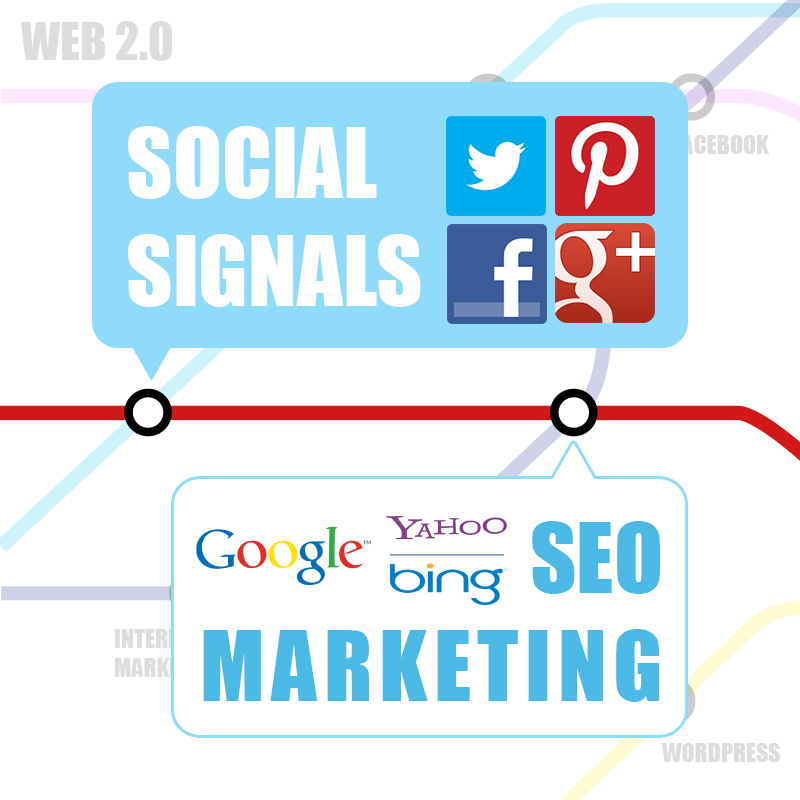Every time you type in keywords on the search tab, Google and the like return two types of results: organic and paid. The first one consists of web listings that are closest to one’s query in terms of relevance, while the second one are advertisements that websites and companies spend on in order for them to appear on the results page whenever their selected keywords are typed in by a user.
But which one is actually more helpful for businesses? First we must recognize the difference between #OrganicSEO and #paidsearch.
While paid ones are separated from natural results in that paid ones are mostly found at the top of the page - giving them visual priority - the latter is nonetheless more essential in the long-term. It’s also helpful to know that the target audience for these two is usually different: Natural SEO is aimed at people who are looking for information, while the other one usually attracts buying customers who already know what they want prior to making a query.
But which one is actually more helpful for businesses? First we must recognize the difference between #OrganicSEO and #paidsearch.
While paid ones are separated from natural results in that paid ones are mostly found at the top of the page - giving them visual priority - the latter is nonetheless more essential in the long-term. It’s also helpful to know that the target audience for these two is usually different: Natural SEO is aimed at people who are looking for information, while the other one usually attracts buying customers who already know what they want prior to making a query.
Image From: http://inntaonlinesolutions.com/wp-content/uploads/2011/03/Googles-Organic-and-Paid-Search-Results.png
Both are of course important when you’re running a large-scale business. But know that if you’re actually spending lots on PPC advertising without managing proper SEO techniques for organic traffic to your site, you are essentially losing money with every passing minute.
Recent studies show that over 90% of web users prefer to use organic search results, and only 6% of them actually revert to PPC ads on the page. This is because users are keen to recognize that clicking on paid results means that a company will be pitching a sale.
Let us put that into numerical perspective. Say you are in top position for certain keywords which elicit about 100,000 searches a month. With that, your site should obtain around 80,000 visits. If your website has been created with proper SEO strategies from the beginning, then your optimum traffic to lead conversion rate should be 15%. Multiply 80,000 by 15%, and you get 12,000 monthly leads.
In the PPC perspective on the other hand, one would need to spend on the average about $1.06 to get traffic to lead conversion of only 5.3% - way below what you’d get if you use natural SEO. So to obtain 12,000 monthly leads with that conversion, it would require more than 226,000 visits. If we multiply by $1.06, you’d have to spend around $250,000 to acquire 12,000 conversions.
If you are seeking benefits for the long-term, then a well-optimized site is the way to go. Of course PPC also provide instant traffic and helps improve your visibility, but all your efforts to market effectively will go to naught if natural search strategies are not in place to begin with.














